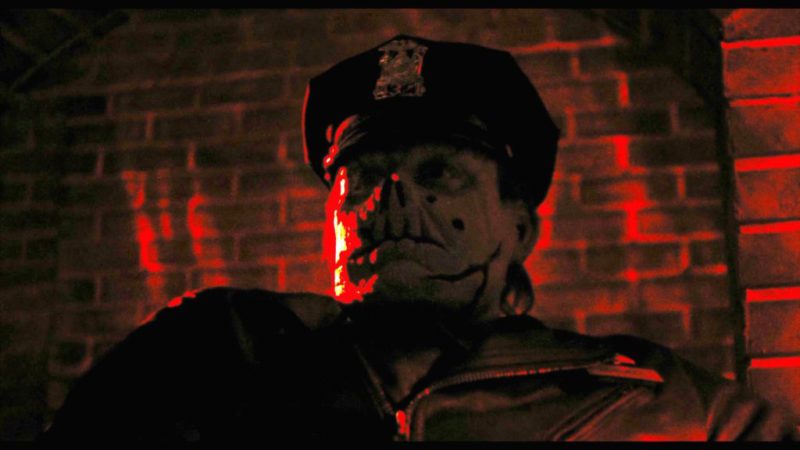

When we look at them though, the first thing that appears to us is a kind of clown-like, rose-pink rouge on either cheek and a distended, opened mouth, eyes spaced far apart, and then we look at her body and her body with the sunken breasts.

It’s not so much that we’re looking at her features in fact, we can barely see her features through this veil-it’s called a widow’s veil that’s she’s wearing over her face. So this is very much a social portrait of a particular moment in time, in addition to being a kind of conjuring of an individual. “Otto Dix is conveying a lot of the psychological trauma of the years after World War I. The effect of this technique is that the paint, indeed, acts like a veil, obscuring the details of the brushed-in face beneath. To create the veil, Dix dipped an actual veil in paint and pressed it to the canvas to transfer the pattern. Ultimately, though, the veil is an integral part of her costume, shielding her misshapen face from too much scrutiny as she, perhaps, advertises to clients. In one respect, the veil is ironic, as it provides a kind of modest respectability at the same time that the strap of her dress has fallen off almost completely. The chair she sits on is painted with a clarity and strength that she cannot match. Dix has given her sickly and pallid skin, sagging breasts, and a ratty fur stole.

Her makeup is garish and her clothing is rather too revealing. The woman in the painting is likely a war widow, fallen on hard times and forced to turn to prostitution. In Dix’s painting Lady with Mink and Veil, the viewer confronts a figure who has had a hard life. Dix, for instance, produced numerous images of wretched war amputees and disheveled, ghastly prostitutes-portraits of social types that focused not on creating actual likenesses, but on exploring deeper cultural “truths” about life in all its ugliness and squalor. They gave expression to the terrible social suffering they saw around them by injecting the grotesque into their paintings. Artists like Dix, his colleague George Grosz, and others associated with the Neue Sachlichkeit confronted the decade’s social unrest, widespread unemployment, and poverty with aggressively political artwork. Nonetheless, the period also ushered in a new artistic freedom. Life was difficult in the country that had lost the First World War, and the Weimar Republic government was dysfunctional.


 0 kommentar(er)
0 kommentar(er)
